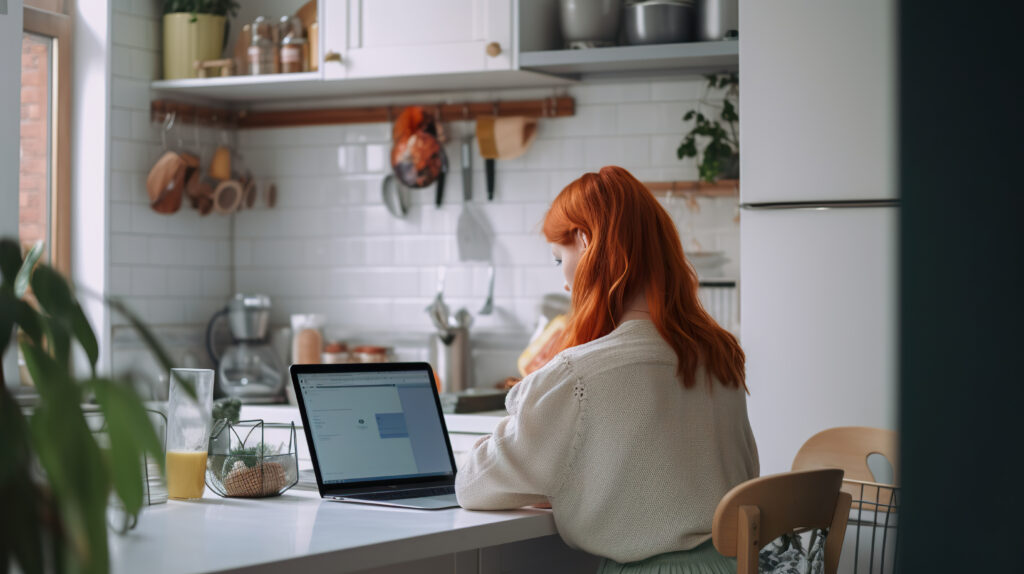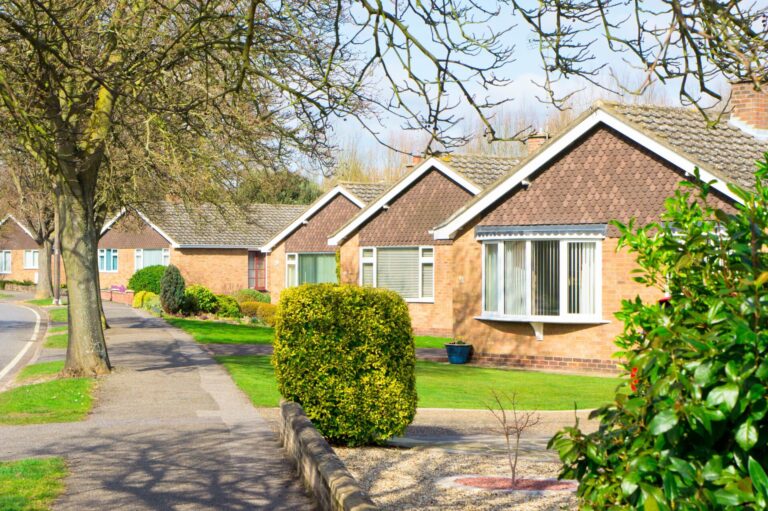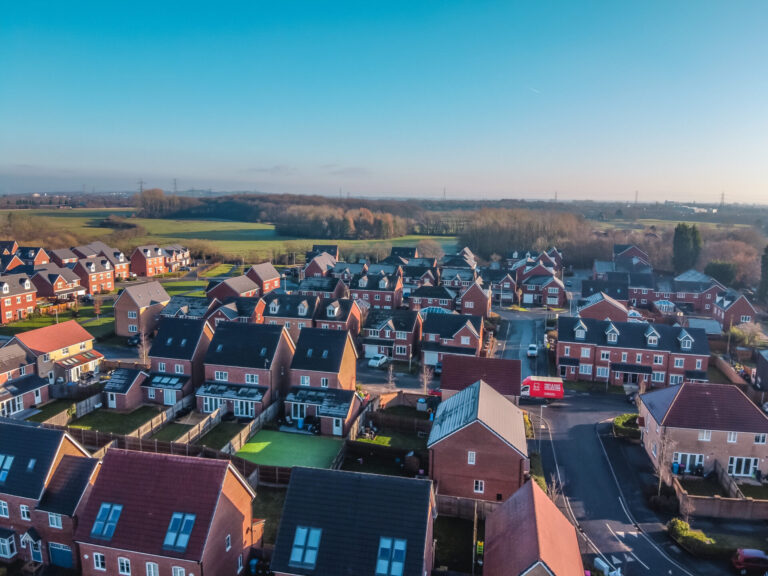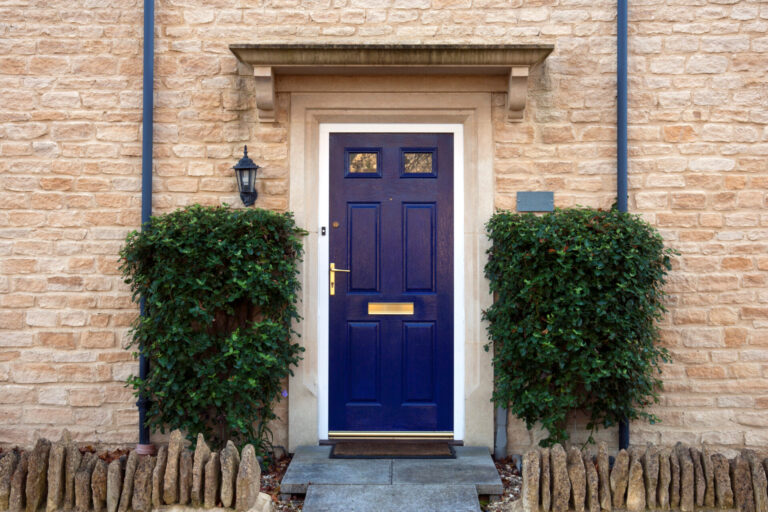When you’re looking for a new house, it can be really hard to get swept up by gorgeous looking properties outside of your budget. It’s easy to get overwhelmed by all the exciting decisions you need to make when buying a new home. City or village? Terraced house or cottage? Drive or off-road parking?
Your home is most likely the biggest asset you will ever own, so it is important to get all these things right. The most important thing to consider when buying a house is what exactly your budget is – the last thing you want is to fall in love with a house you can’t afford.
Here are some tips for planning your budget when it comes to buying a new house:
Get Organised
Before you even begin to plan your budget, you need to spend some time getting your paperwork and finances organised. Set aside around an hour to do this, as you will most likely do something wrong or miss something out if you rush.
Make sure you have lots of bank statements available, recent credit card bills, all of your household bills, details of any savings accounts you have, and any other financial documentation you have to hand.
Work out Your Income
Calculate your income by combining your regular earnings with any savings and investments you may have. Don’t only consider your month earnings though, remember to add any other sporadic earnings in too, like dividends from shares.
Use a spreadsheet on a computer if possible, as it will make it much easier to separate different incomes and make any edits required. Work out the totals for each income stream, then add them up to get a yearly earnings figure.
Calculate Outgoings
Once you have worked out how much you earn, it’s time to calculate how much you spend each month. Go through all your bank statements, utility bills, credit card bills and any other expenses, and work out what your outgoings are. Try not to guess, as it is much better to have accurate figures when calculating a budget.
Make sure you consider any less frequent spending, not just those visible on your bills. Think about birthday presents, meals out, car costs, and holidays. Add these onto your expenses spreadsheet in a separate column. Work out what your total yearly expenditure is, then divide by 12 and work out the difference between that and your regular spending total. That figure is how much you will need to put aside for occasional spending each month.
Compare the Two
Once you have worked out how much money is coming in and how much is going out, it’s time to work out what’s left over.Take your annual and monthly expenditure totals away from your annual and monthly earnings, and work out what the remainder is.
Hopefully you will be left with a positive number, as a negative figure will indicate a shortfall. Making a budget plan is important, even if you have more money coming in than going out – you don’t want to end up in debt.
Create a Budget Plan
Once you have decided on a realistic financial goal, it’s time to create a budget plan that will help you to reach it. There are some costs that won’t be possible to cut, so concentrate on outgoings that can be easily tweaked – not buying a coffee on the way to work every day will save you a lot.
Take a look at your energy bills and see if switching tariffs could save you money, change your home and car insurance to a cheaper provider, and sell any unwanted items in your home on ebay. It is crucial that you keep an eye on your budget plan for the first few months, because if you struggle to stick to it you can reevaluate the situation and find something that works.




